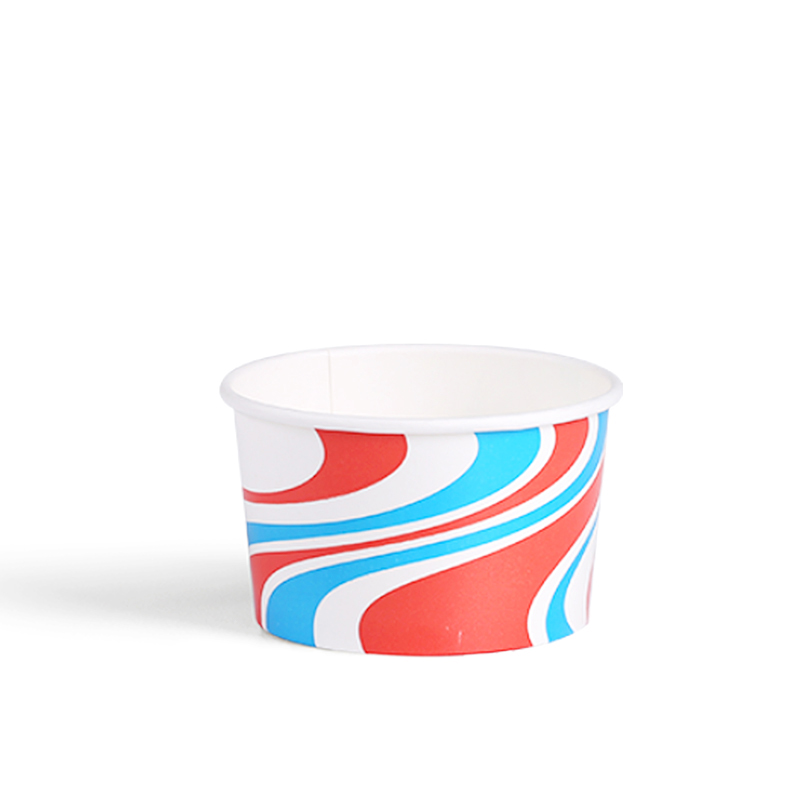
Using disposable ice cream cups has a significant environmental impact due to the resources required to produce, transport, and dispose of these cups. In this essay, we will discuss the various environmental consequences of using disposable ice cream cups and suggest some alternatives to reduce their impact.
One of the most significant environmental impacts of disposable ice cream cups is the amount of plastic waste they generate. Most disposable ice cream cups are made from plastic, which is derived from fossil fuels and non-renewable resources. This plastic waste often ends up in landfills or incinerators, where it can take hundreds of years to decompose. In addition, plastic waste can also end up in the ocean, where it poses a significant threat to marine life.
Another environmental impact of using disposable ice cream cups is the energy and water required to produce them. The production of plastic cups involves a significant amount of energy and water, which can contribute to greenhouse gas emissions and water scarcity. Additionally, the transportation of disposable ice cream cups from manufacturers to retailers can also result in carbon emissions and air pollution.
The disposal of disposable ice cream cups can also have negative environmental consequences. As mentioned earlier, most of these cups end up in landfills, where they can release harmful chemicals into the soil and water. In addition, incinerating plastic cups can release toxic gases into the air, contributing to air pollution and climate change.
To reduce the environmental impact of using disposable ice cream cups, there are several alternatives that can be considered. One option is to switch to biodegradable or compostable cups made from materials such as paper or plant-based plastics. These cups break down more easily in the environment and are less harmful to wildlife.


